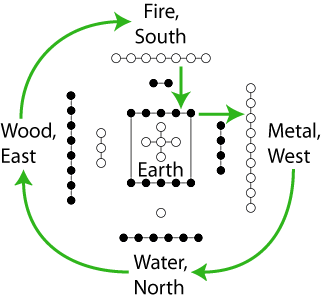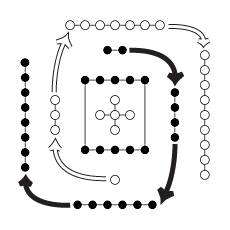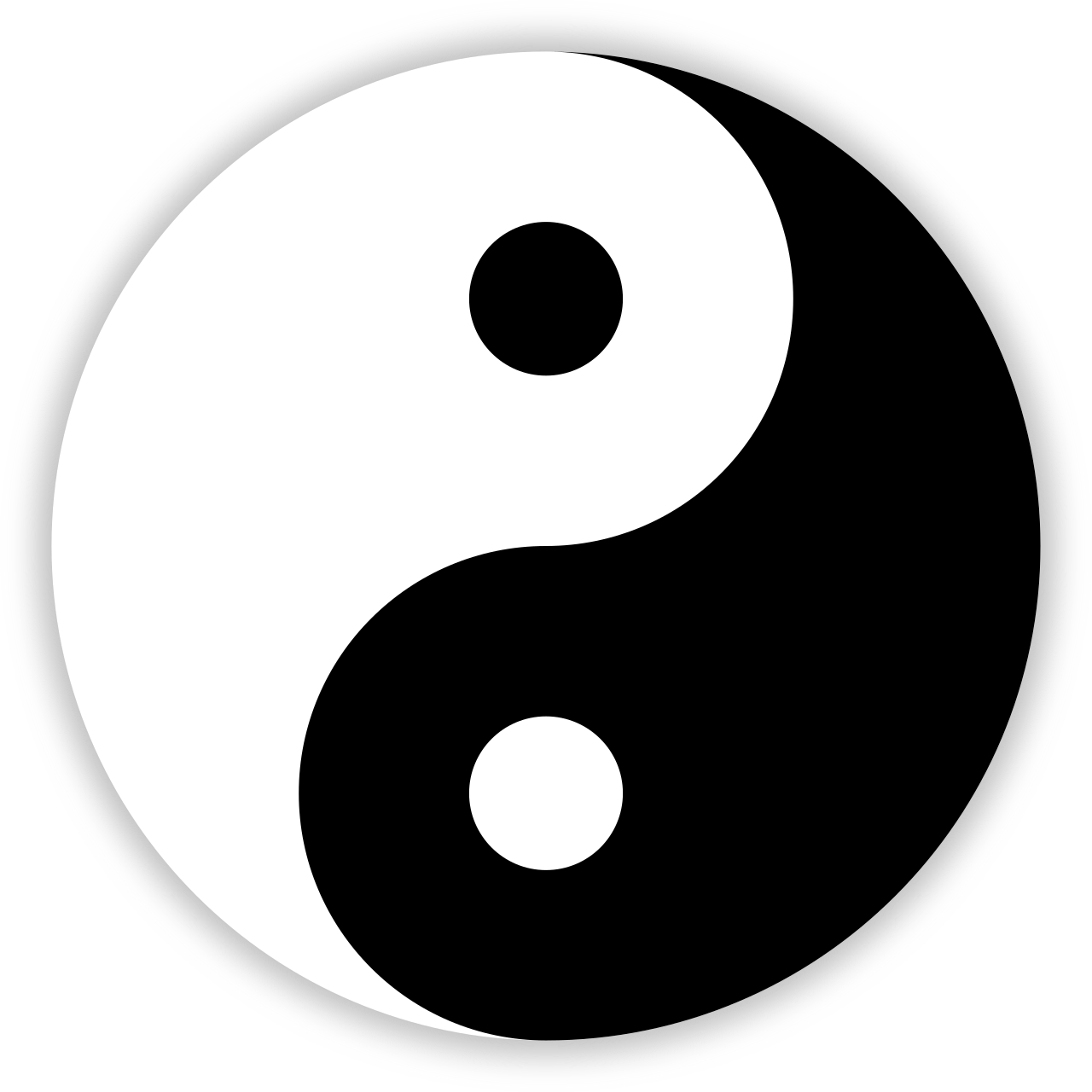Appledog wrote:wayne hansen wrote:The way I was taught is 5 types of movement
Metal top to bottom
Water bottom to top
Wood straight thru
Fire diagonal
Earth horizontal
An ax kick would be metal
A hook earth
And so it goes it dosent just handle hsing I attacks but any attack that follows those
5 modes of movement
There are no others
That is what I would refer to as a broken analogy. Saying metal is top to bottom, etc. makes sense to me, if we're talking about the same thing, but the moment you add "an ax kick would be metal," I know we are talking about something else. Not that it is a bad thing, but I wonder what analogy you are using that lets you link those two in this way? To be honest, I don't understand it.
The directions are how I learned the utility of the elements as well. Metal is up and down, so the ax kick, being that the force part of the kick is the downward arc, is metal.
There are hints in the names too, right?
Metal - splitting - down - pi
Water - drilling - Up - tsuan
Wood - crushing - straight - beng
Fire - pounding - angles(? this one is complex, need to think on it) - pao
Earth - crossing - side to side - heng
It's similar to the swordwork patterns that everything posted in the other thread, and I learned a Da Dao form that illustrates this perfectly.
It translates well to any two-handed weapon.
And like the ax kick and the empty handed PI, metal rises and then falls with power.
Now where I WILL say the ax kick is different is that generally the rising portion is empty, whereas with proper Xingyi, the main thrust of the idea of the power/technique is down, but the rising power should still be full of intention and power.
That might be more of my Taijiquan brain though. Xingyi is just a foil for my Taiji.


